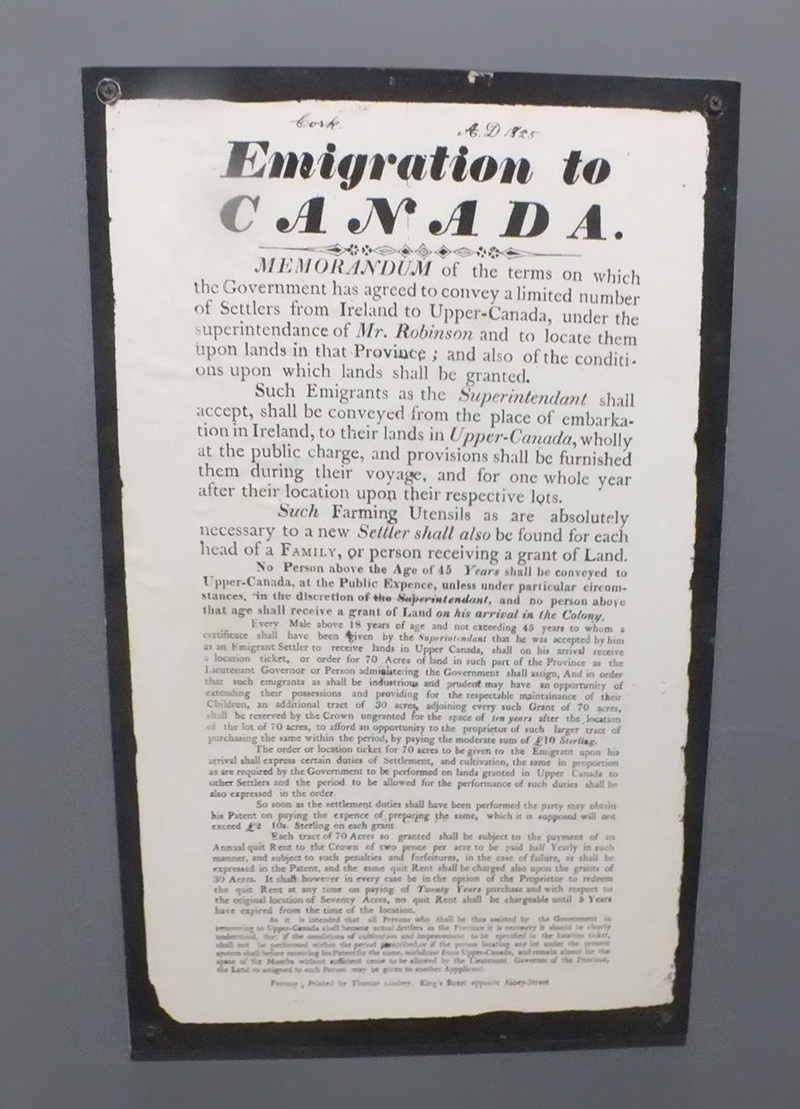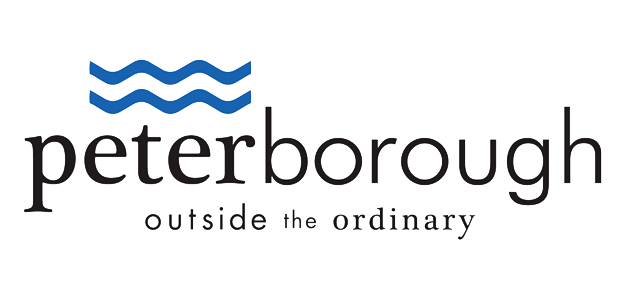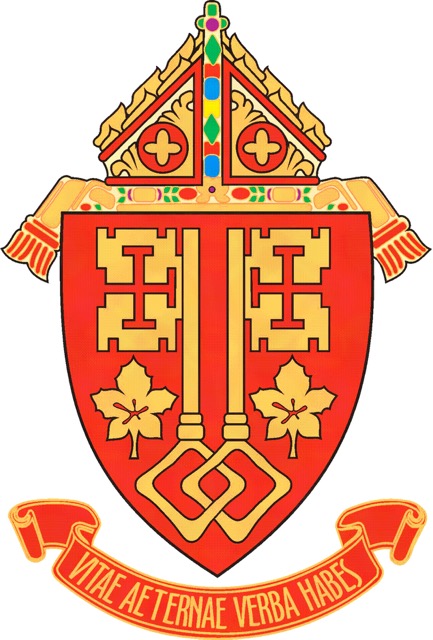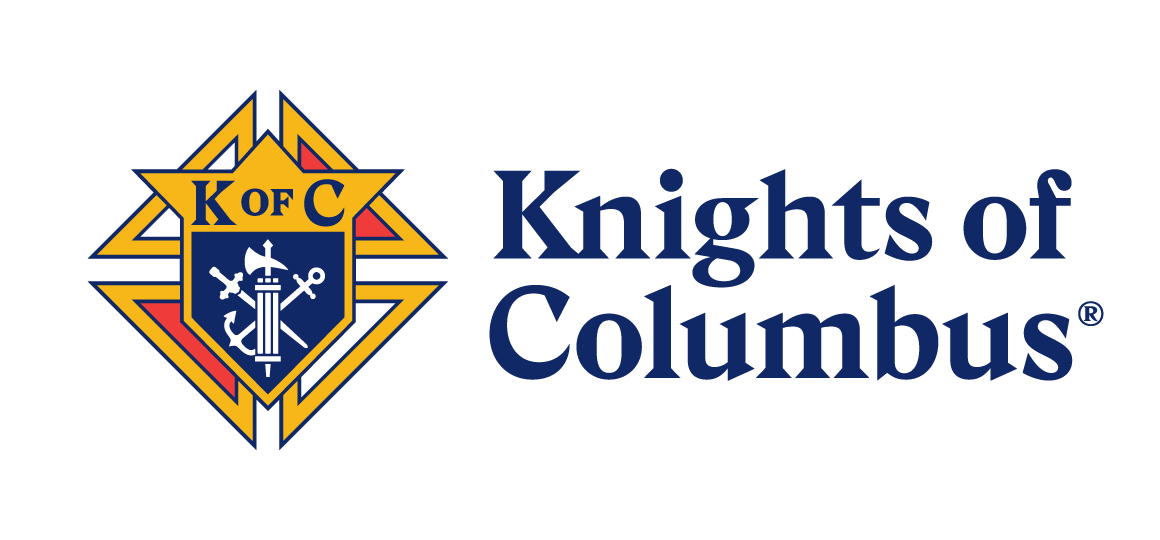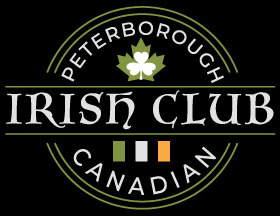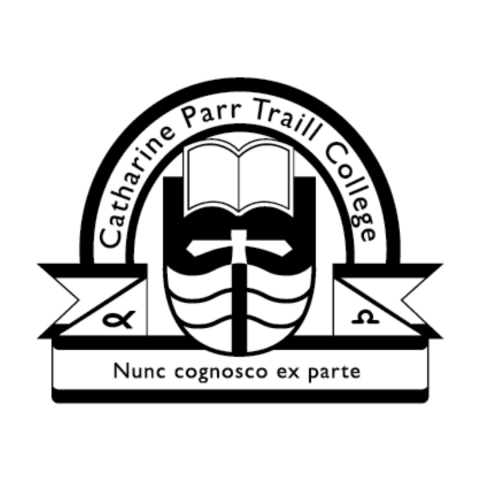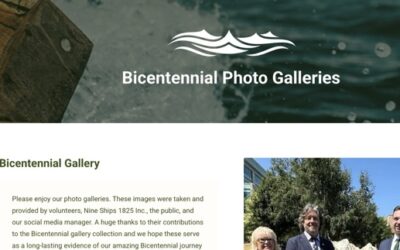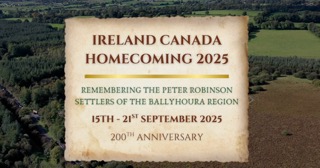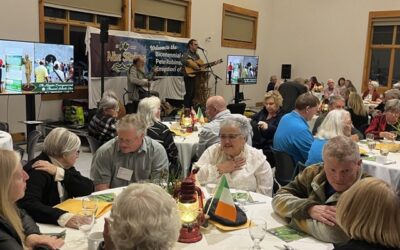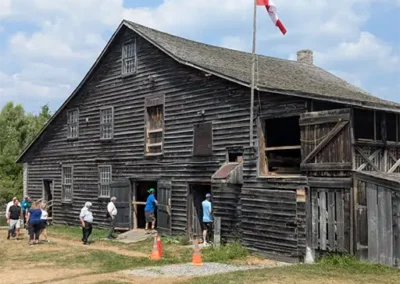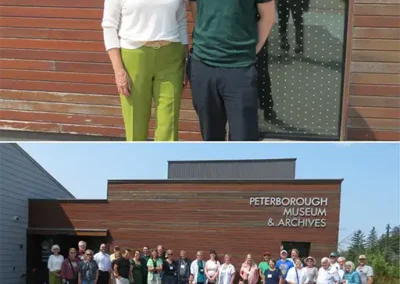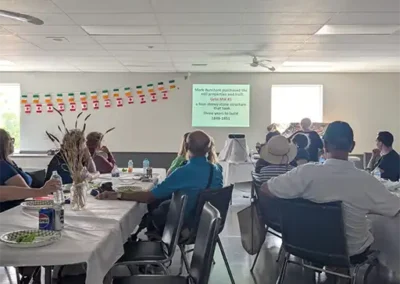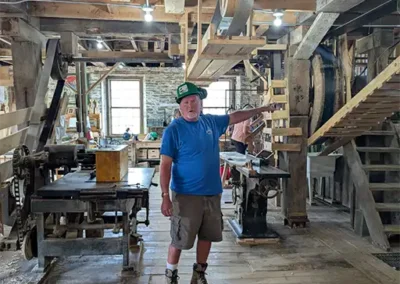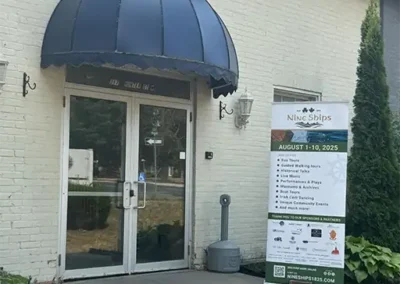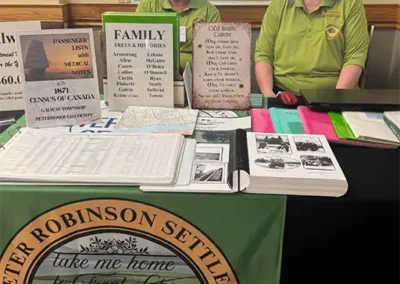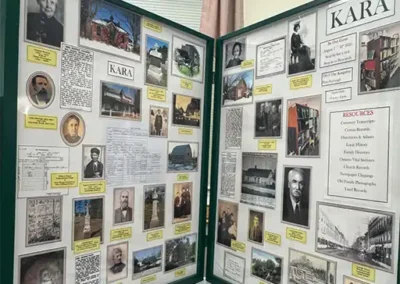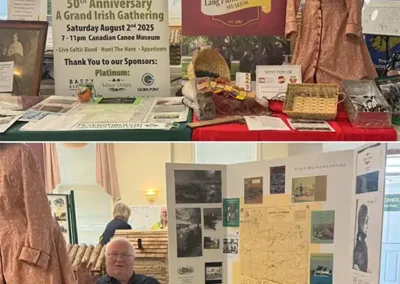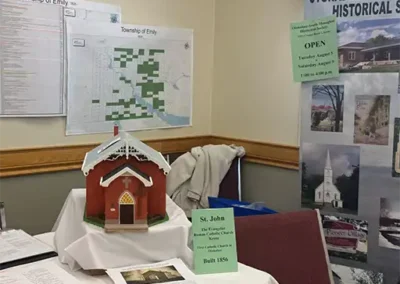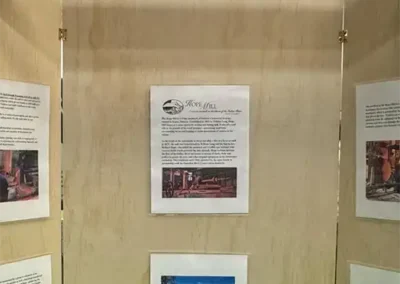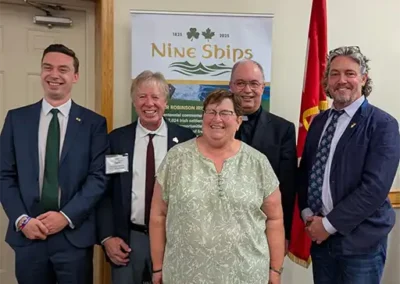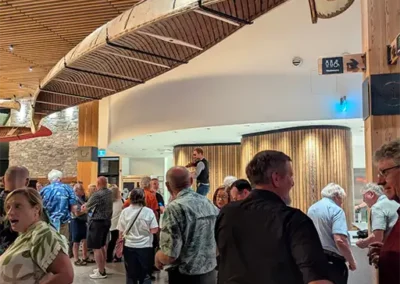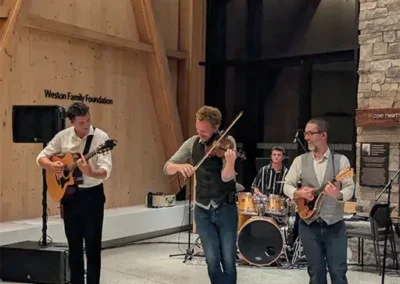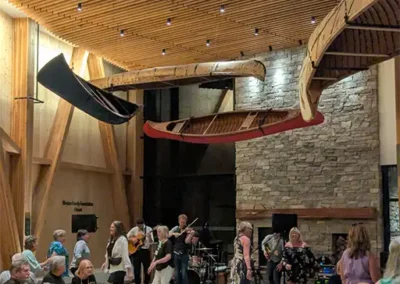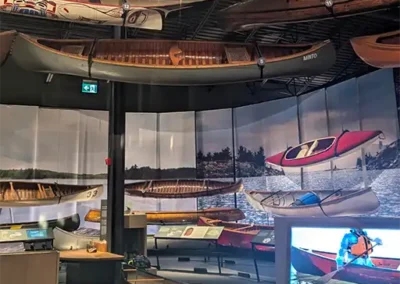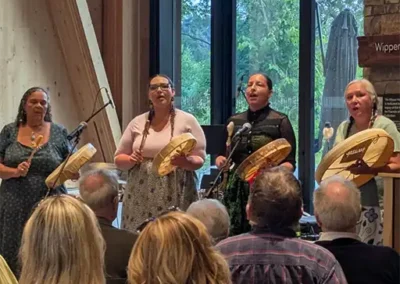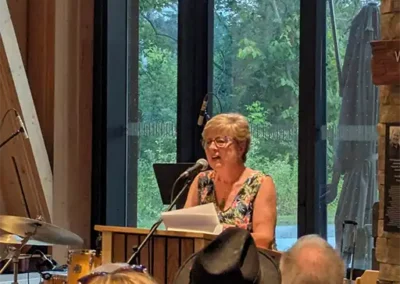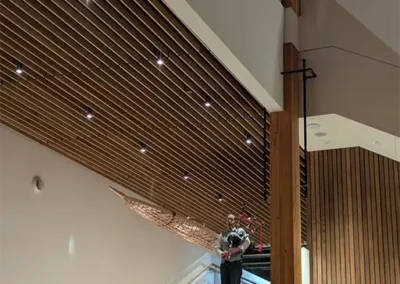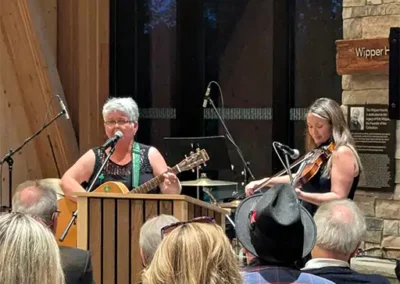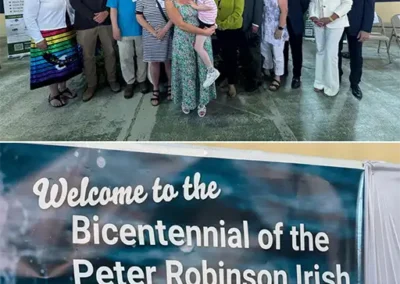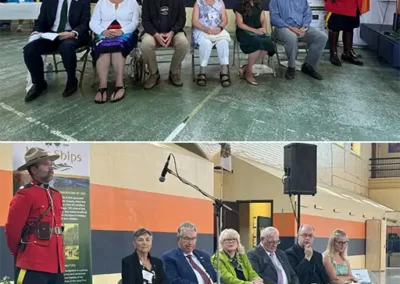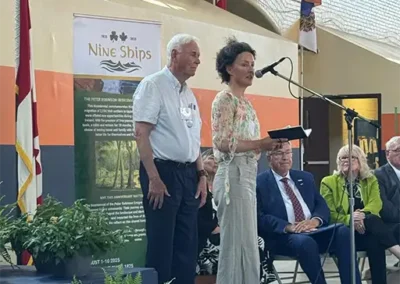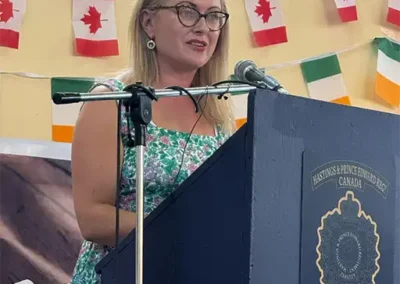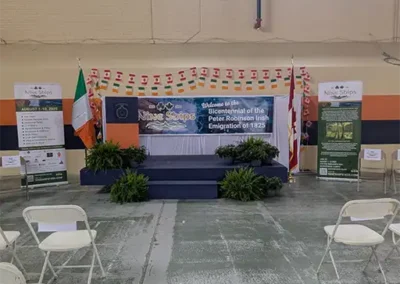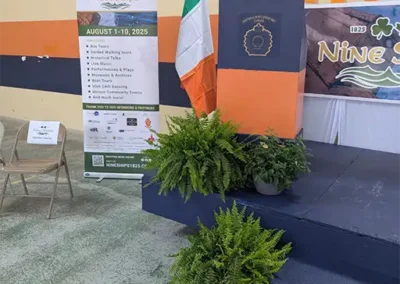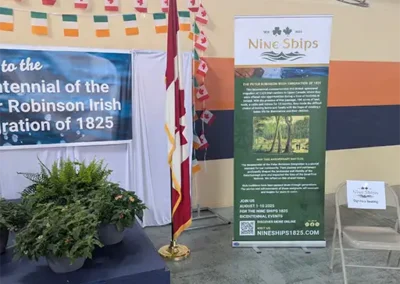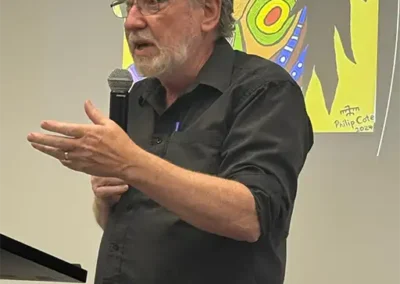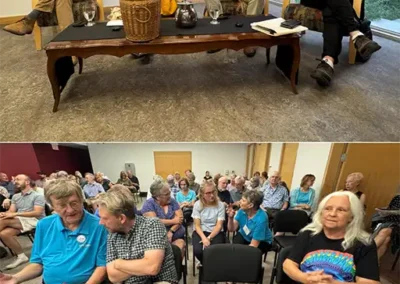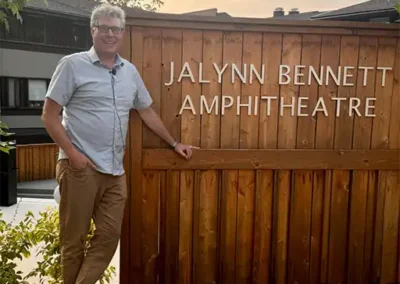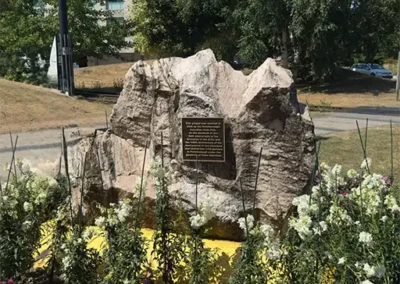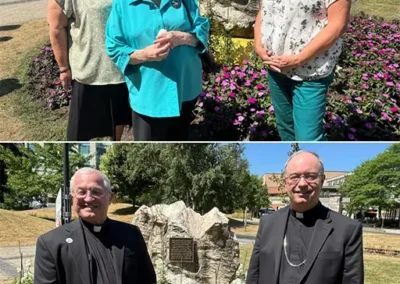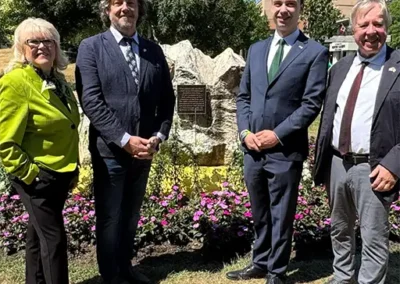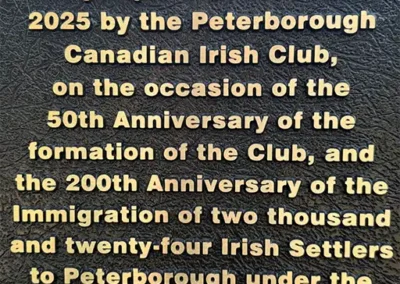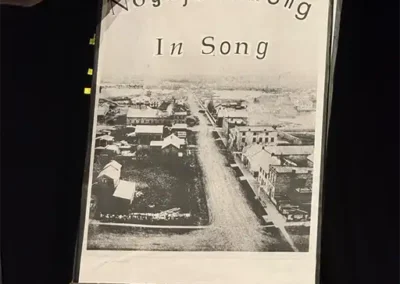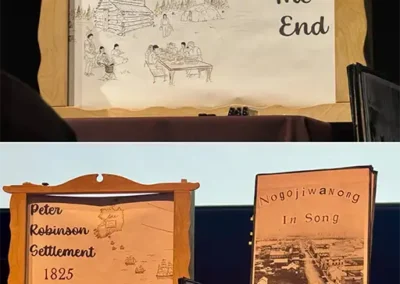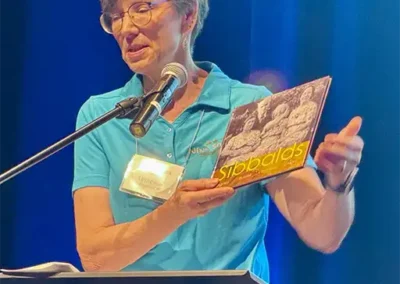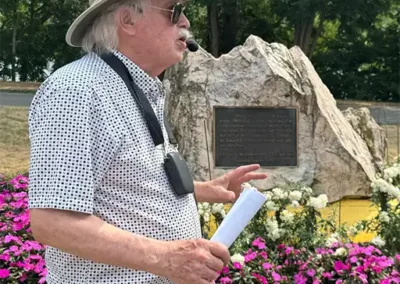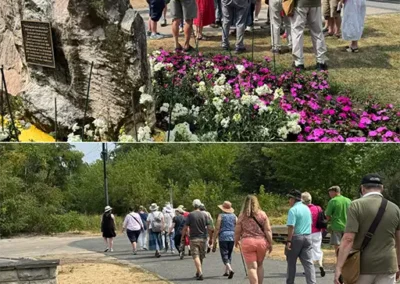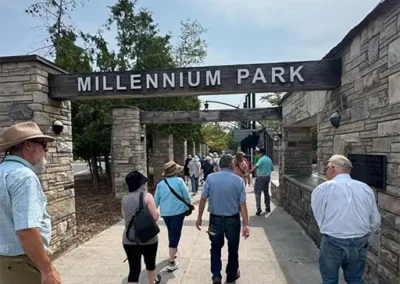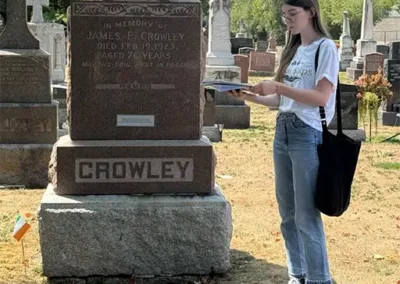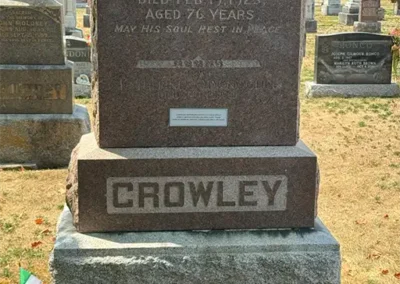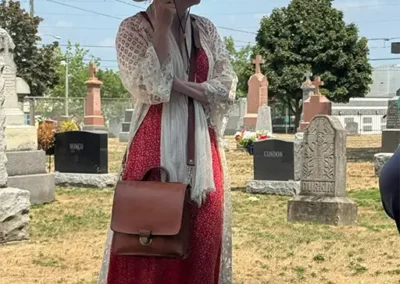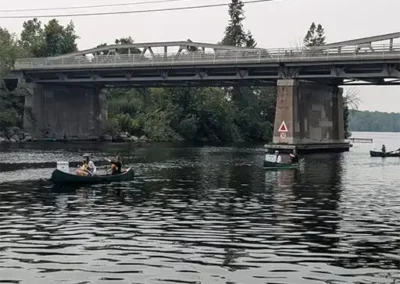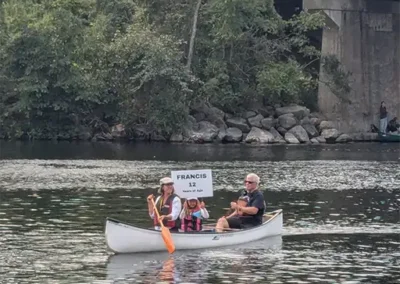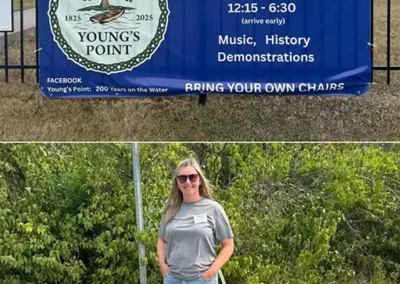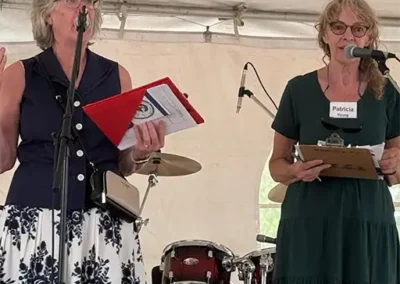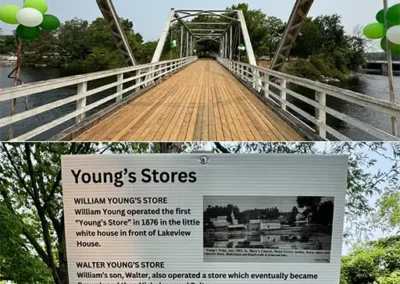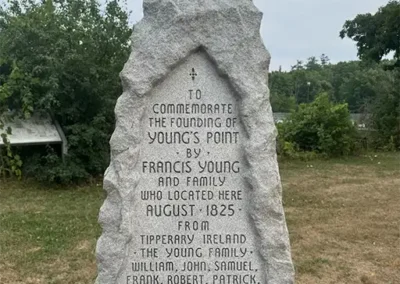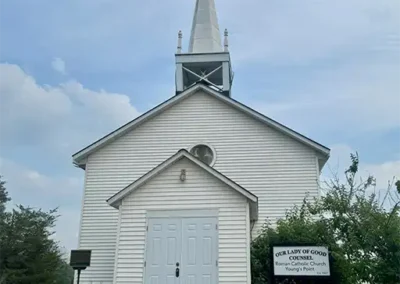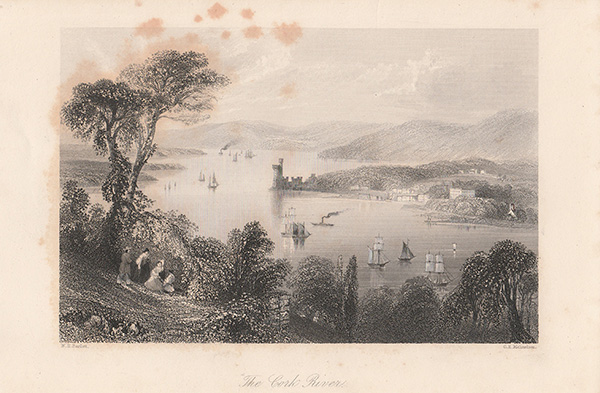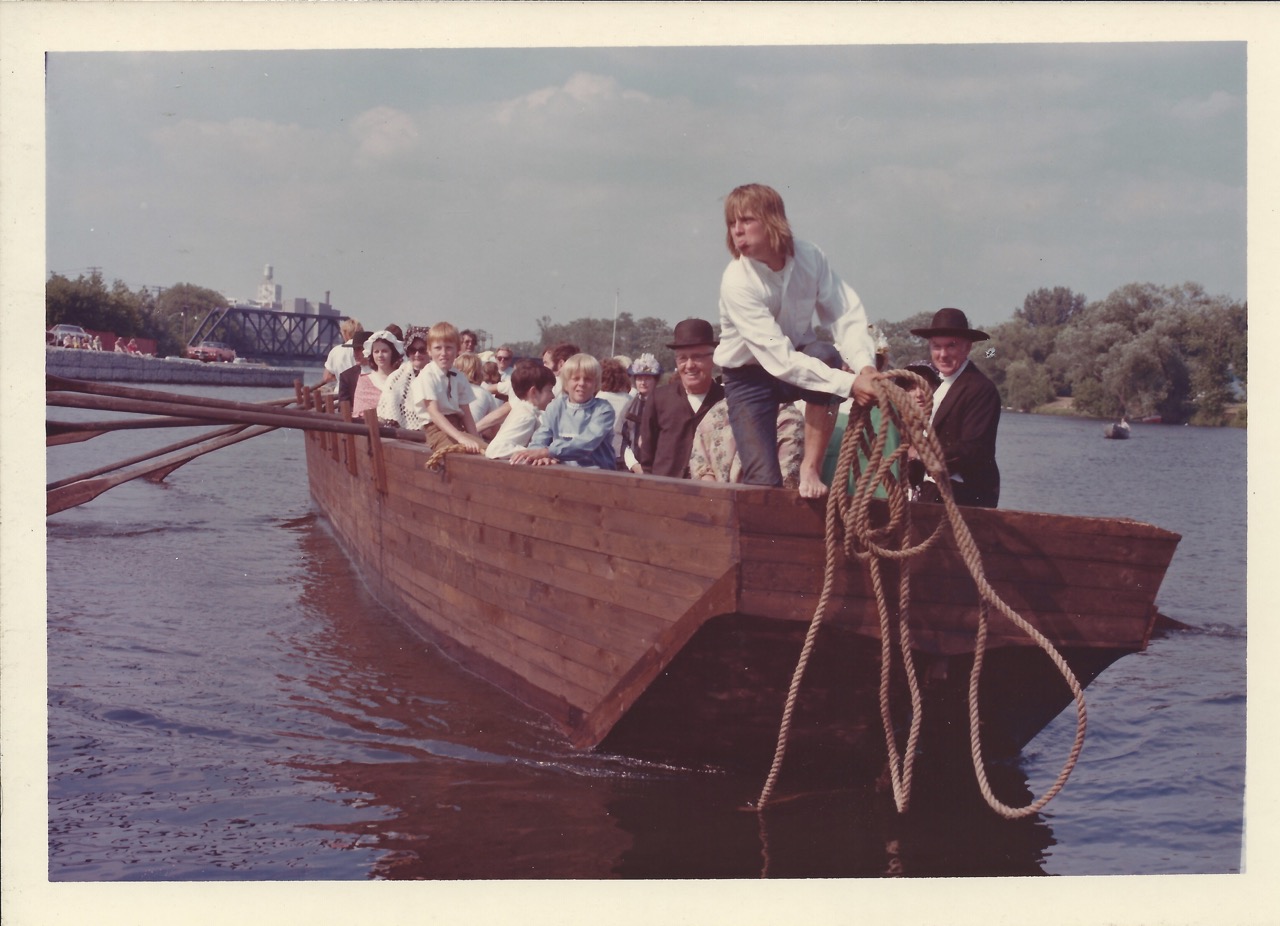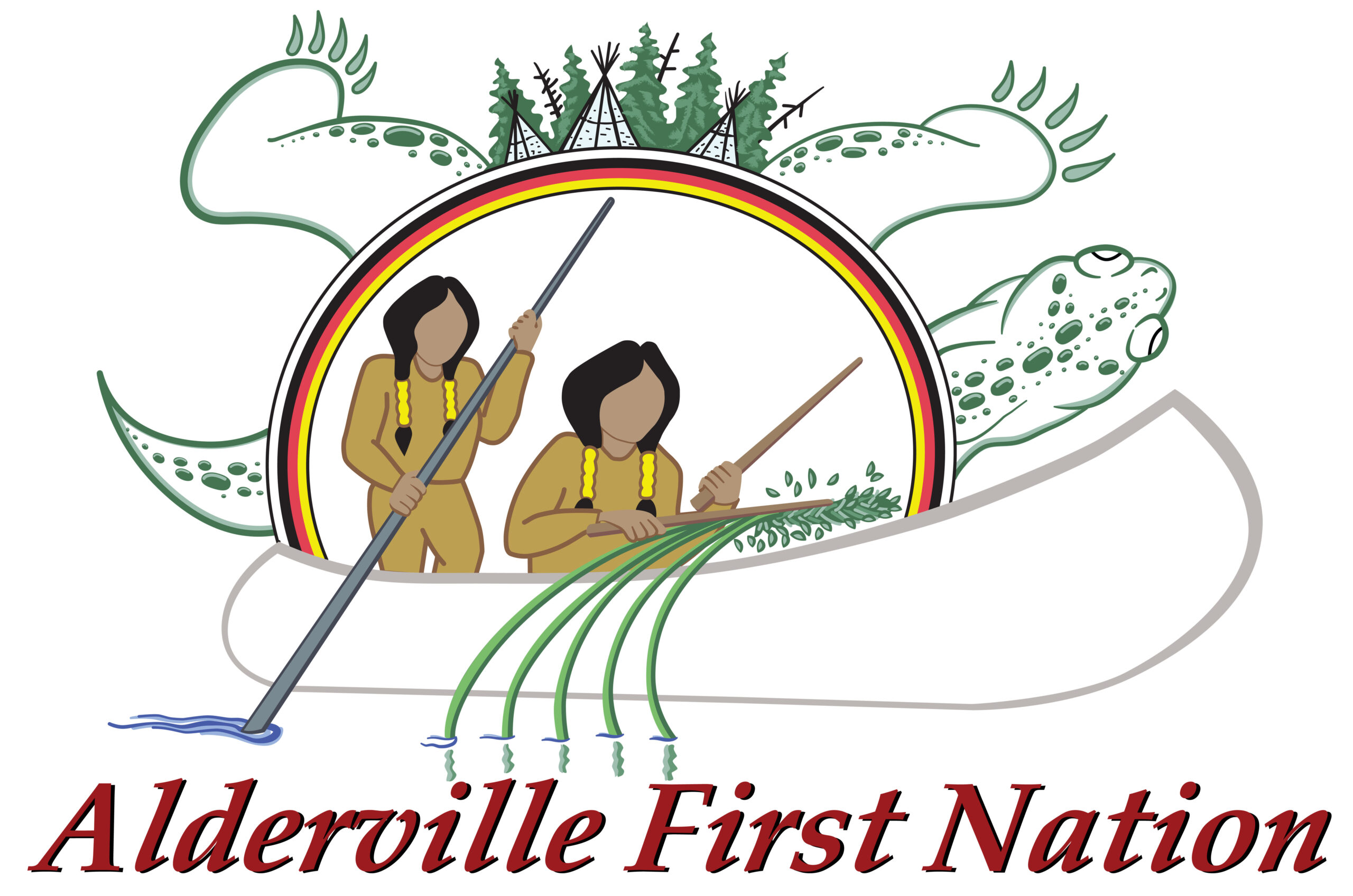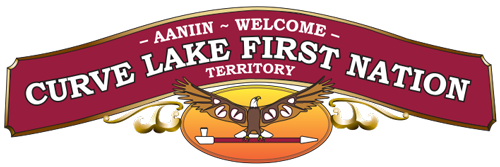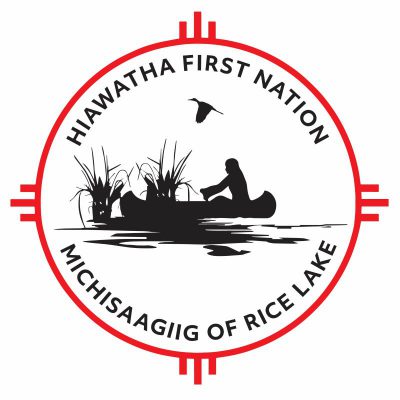Bicentennial 2025
200 Years of the Peter Robinson ImmigrationRemembering the journey and heritage of our community.
© 2024 Nine Ships 1825 Inc.
Welcome to the Peter Robinson Emigration Bicentennial Commemoration
The Peter Robinson Emigration of 1825 was a landmark initiative that brought nearly 2,000 Irish settlers to Canada, laying the foundation for what would become Nogojiwanong-Peterborough. This rare government experiment aimed to test the viability of British emigration policy by covering all expenses for settlers for 18 months. Each family’s journey and experiences have been meticulously documented, providing a rich archival resource.
As we marked the Bicentennial, we honoured this chapter in Canadian history. The 1825 emigration not only shaped Nogojiwanong-Peterborough’s identity but also demonstrated the enduring spirit of community and collaboration. We commemorate 200 years of heritage, resilience, and the diverse legacy that continues to define our region today.
Thank You to Our Donors, Sponsors, and Partners!
Nine Ships 1825 Inc. extends heartfelt gratitude to our generous partners, sponsors and donors whose support has been instrumental in bringing our projects and events to life. Your contributions help preserve the rich history of the Peter Robinson Emigration and ensure the success of our bicentennial commemoration. Thank you for your dedication to honouring this legacy and supporting our shared vision.
Main Mast Donor
Robert & Julie Young
Main Mast Donor
Dr. John & Denise Lyne
Main Mast Donor
Carl & Kathryn Young
Main Mast Donor
Michael Battaglia Enterprises Inc.
Main Mast Donor
City of Peterborough
Ship’s Anchor Donor
Brendan & Janet Moher
Ship’s Anchor Donor
Mary & Al Smith
Ship’s Anchor Donor
Ship’s Anchor Donor
Elwood Jones
Ship’s Anchor Donor
Dennis & Karen Carter-Edwards
Ship’s Rigging
Sandra Collins
Ship’s Nursery
Adele Espina
Passenger’s Quarters
Jim Hendry
Latest News and Release Posts
WEBSITE UPDATE: Bicentennial Photo Galleries Now Available!
We invite you to reminisce on our Bicentennial journey...
VIDEO: The Ireland–Canada Homecoming 2025 – 200th Anniversary of the Peter Robinson Settlers by Ballyhoura
Watch this video our wonderful friends at Ballyhoura have...
Nine Ships 1825 Inc. Hosts “Volunteer Appreciation Event”
Media Release – November 16, 2025 Nine Ships 1825 Hosts...
Discover the Journey of the Peter Robinson Emigration
“The Cork River”
Illustration of The Cork River by G.K Richardson and W.H. Bartlett in Ireland: Its Scenery, Character, &c. by Mr. & Mrs. S. C. Hall

From Cork to Canada
Departure to Arrival
Explore our chronological information page detailing the amazing journey of the Peter Robinson settlers by following the link below:
Why This Anniversary Mattered
The bicentennial provided a pivotal moment to honour the Irish settlers who helped shape the identity of Nogojiwanong-Peterborough and its surroundings. The arrival of nearly 2,000 people in 1825 had sown the seeds of a vibrant, diverse community. Their journeys and settlement efforts, amid great hardships, embodied courage and determination—qualities that continued to inspire the community two centuries later. Through the commemoration, we reconnected with our roots, reflected on shared history, and recognized how their legacy resonated into the present.
Recognizing the Past, Inspiring the Future
Nine Ships 1825 Inc. acknowledges that our area is located on the treaty and traditional territory of the Mississauga Anishnaabeg. We are grateful to the First Peoples for their commitment and teaching about our earth and our relations.
The history of the Robinson emigrants is intertwined with that of the Indigenous peoples of the region, particularly the Misswezahging – Mississauga First Nations. Indigenous support was crucial to the settlers’ adaptation and survival, though this history also involves displacement and colonization. The bicentenary invited reflection, honouring early settlers’ resilience while advancing reconciliation and deeper understanding across our community.
We hope the bicentennial can be an important occasion to reflect on the relationships between the early settlers and the Indigenous communities. The Peter Robinson Emigration has been considered notable for the mutual respect and cooperation that developed between the Irish settlers and the First Nations, as documented by contemporary writers and community narratives. By revisiting this period, we have the opportunity to advance understanding and reconciliation, recognizing the shared histories and contributions that have shaped our community.
2025 Events
We offered a full schedule of bicentennial events throughout the region to mark 200 years of heritage and community spirit. These programs had ranged from heritage fairs, Irish music performances, panel talks, and guided tours, to receptions, a flag-raising, and a closing Ceilidh and Mass.
You can view the whole calendar to reflect on the many events held by both Nine Ships 1825 Inc. and our community partners by clicking the button below:
Remembering Bicentennial Week Events
August 1-10 2025: Nine Ships 1825 Irish Immigration Bicentennial
August 1–10 had been the official Bicentennial Week, with key highlights including an Irish Flag Raising ceremony, a Grand Irish Gathering at the Canadian Canoe Museum, multiple historic site bus tours and walks, and a Farewell Ceilidh at Lang Pioneer Village. A Mass at the first Catholic church used by the settlers capped the week’s events.
Please note that some dates, times, and ticket information are subject to change, with updates to be provided as details are confirmed.
